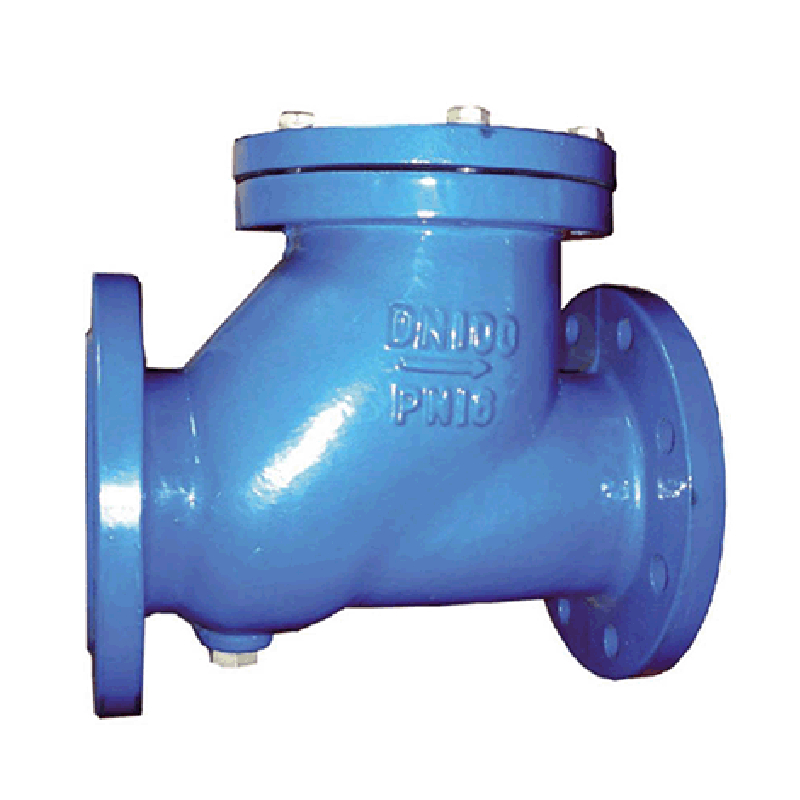ធ្នូ . 24, 2024 20:48 Back to list
4 Inch Check Valve for Efficient Fluid Flow Control and Prevention of Backflow
Understanding the 4-Inch Check Valve Importance, Functionality, and Applications
When it comes to fluid control systems, valves play a crucial role in managing flow, pressure, and direction. Among various types of valves, the check valve stands out for its essential function in preventing backflow. In this article, we will explore the 4-inch check valve, its importance, functionality, and diverse applications.
What is a Check Valve?
A check valve, sometimes referred to as a non-return valve or one-way valve, is designed to permit fluid flow in one direction only. It automatically closes when fluid attempts to flow backward, effectively preventing reverse flow. This mechanism is vital in ensuring the efficient operation of various hydraulic and pneumatic systems.
The Importance of 4-Inch Check Valves
The 4-inch check valve is a popular choice in many industrial and commercial applications due to its ideal size for managing significant fluid volumes. The “4-inch” designation refers to the nominal pipe size that the valve is designed to accommodate, making it suitable for a range of piping configurations. The importance of a 4-inch check valve extends beyond its size; its applications can be seen in sectors such as water treatment, irrigation, HVAC systems, and in manufacturing processes.
Functionality
The functionality of a 4-inch check valve can be attributed to its simple yet effective design. It typically consists of a valve body, a disc, and a seat. When fluid flows in the correct direction, the disc is pushed away from the seat, allowing fluid to pass through. Conversely, if the flow direction reverses, the disc is pushed back onto the seat, sealing the valve and preventing backflow.
There are several types of check valves, including
1. Swing Check Valve This type has a disc that swings open and closed with the flow of fluid. It is suitable for larger pipe sizes and allows for minimized pressure drop.
2. Lift Check Valve In a lift check valve, the disc moves vertically in and out of the seat. This design is more appropriate for applications with higher velocities and where space is constrained.
3. Tilting Disc Check Valve This variant has a disc that tilts on a pivot, providing exceptional sealing capabilities and low-pressure drop attributes. It’s also known for its ability to manage fluctuating flow rates.
4 inch check valve

4. Spring-Loaded Check Valve This utilizes a spring mechanism to ensure that the valve closes quickly in the event of reverse flow, enhancing responsiveness.
Applications of 4-Inch Check Valves
1. Water and Wastewater Systems In municipal and industrial water management, 4-inch check valves are critical for maintaining pressure and preventing backflow in pipelines, thus preserving water quality.
2. HVAC Systems Heating, ventilation, and air conditioning systems utilize check valves to ensure that airflow remains unidirectional, guaranteeing efficiency and safety.
3. Oil and Gas Industry Check valves prevent reverse flow in pipelines carrying crude oil and natural gas, providing safety in high-pressure environments.
4. Manufacturing Processes In various manufacturing industries, check valves are instrumental in maintaining process integrity by preventing fluid mix-ups and safeguarding equipment.
Maintenance Considerations
While check valves are robust, regular maintenance is essential for optimal performance. Common practices include
- Inspecting for debris that may hinder the valve’s sealing mechanism. - Checking for signs of wear and tear, particularly on the disc and seat. - Ensuring proper installation in alignment with the fluid flow direction to prevent operational issues.
Conclusion
In summary, the 4-inch check valve is a vital component in numerous fluid systems across diverse industries. Its ability to prevent backflow not only contributes to operational efficiency but also plays a crucial role in protecting equipment and ensuring the integrity of fluid systems. Understanding the functionality and applications of check valves enables engineers and operators to make informed choices, leading to safer and more efficient operations. As technology advances, the design and materials of check valves continue to evolve, further enhancing their performance and reliability in fluid management.
Share
-
Reliable Wafer Type Butterfly Valves for Every IndustryNewsJul.25,2025
-
Reliable Flow Control Begins with the Right Ball Check ValveNewsJul.25,2025
-
Precision Flow Control Starts with Quality ValvesNewsJul.25,2025
-
Industrial Flow Control ReliabilityNewsJul.25,2025
-
Engineered for Efficiency Gate Valves That Power Industrial PerformanceNewsJul.25,2025
-
Empowering Infrastructure Through Quality ManufacturingNewsJul.25,2025


